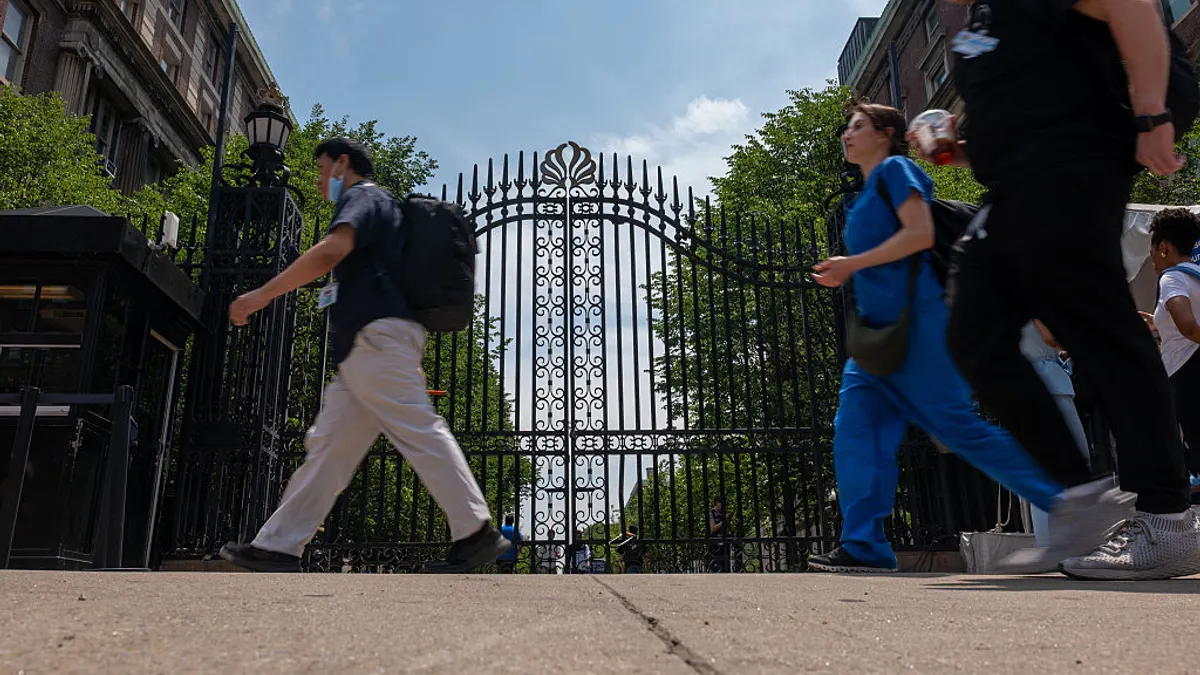Brief
-
Global ratings agency Standard & Poor’s forecasted bad news for the higher education sector, citing ongoing challenges and additional state and federal government pressures that will continue to take a toll on institutions, reports The Chronicle of Higher Education.
-
S&P said factors contributing to the the grim outlook are limited flexibility regarding "in programming, financial operations, enrollment, resources or student draw." The report specifically cited the recently passed on tax on private colleges with large endowments, along with, growing expectations by students and parents for lower costs and better services. In the long term, S&P warned of elevated risks to college reputations operating in the current political discourse.
-
However, the ratings agency said that institutions could improve their future outlook by adopting non-traditional partnerships, like the Purdue-Kaplan and Boston University-Wheelock College mergers, peeling back its reputation for being slow to change, and recruiting non-traditional students.
Brief Insight
Rating agencies have not looked favorably on the sector in recent years. Moody’s in 2017 downgraded its view of higher education’s outlook, predicting that expenses would surpass revenue increases.
In fact, all parties seem to agree that a myriad of issues haunt higher education. Citing constraints on government support and unpredictable policy outcomes from state and federal lawmakers, specifically tax reform, the American Association of State Colleges and Universities (AASCU) called 2018 one of the most uncertain years for higher education.
How colleges and universities thrive in an environment fraught with deep political and financial uncertainty is a monumental question this year, and years to come. Proposed solutions from S&P and the AASCU point in the same thing: innovation.
A few ways are clear. Colleges could grow their student bodies by serving more post-traditional students, enhancing strengths and partnerships, and embracing data analytics, technology and online learning. But how each institution makes the best of the current situation depends on its ability to capitalize on its particular strengths and challenges.






